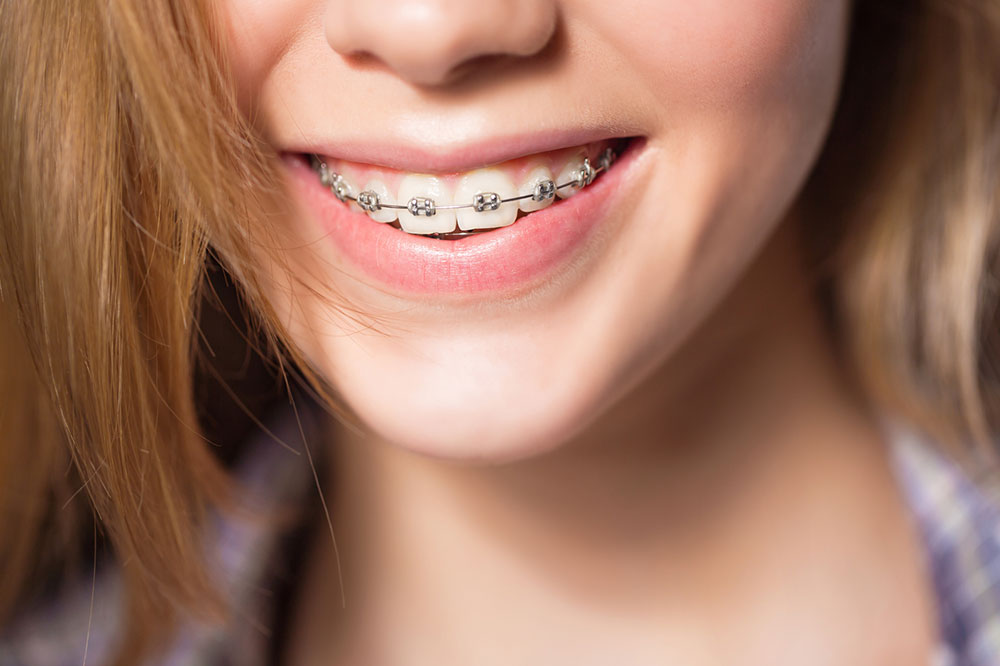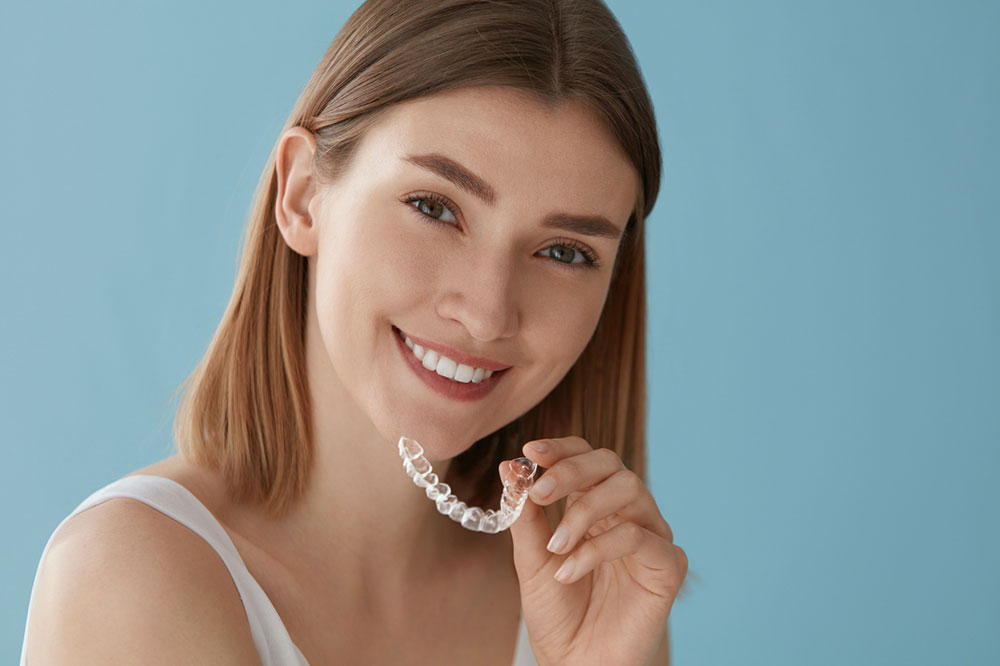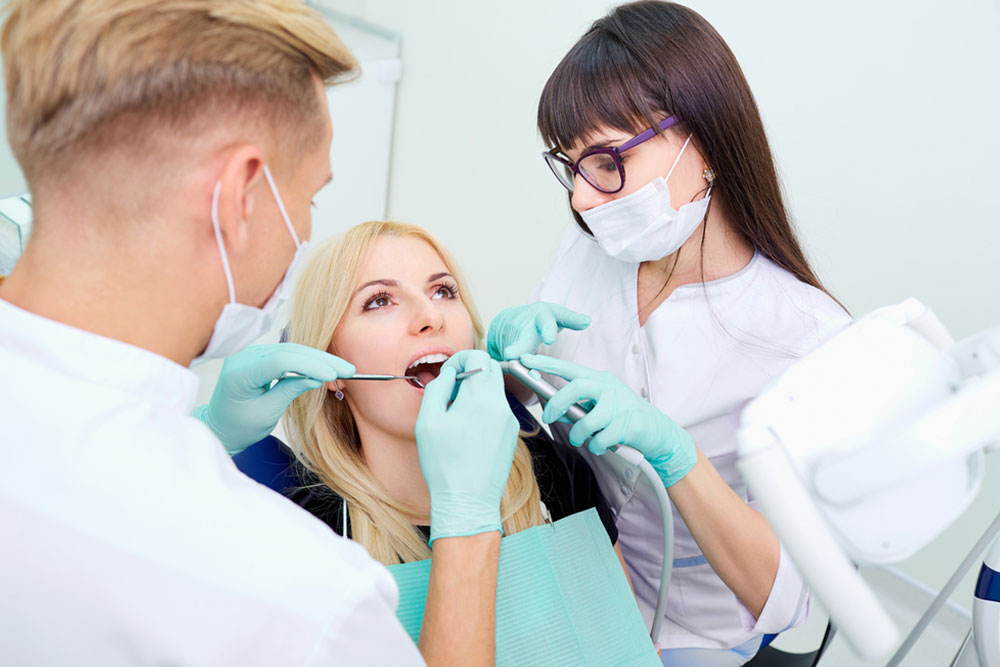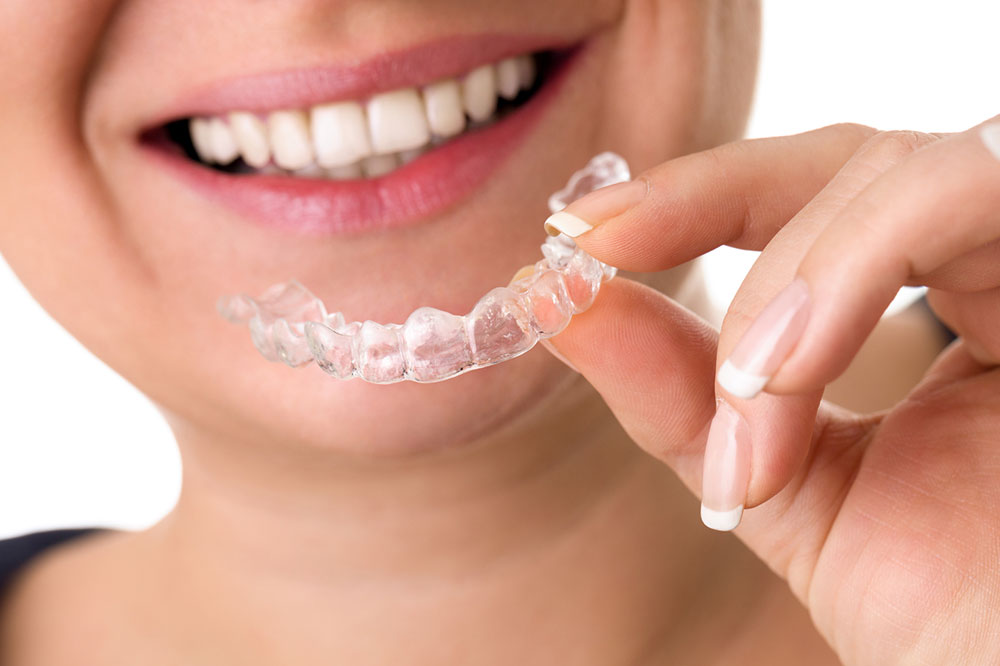Comprehensive Guide to the Top 4 Teeth Braces Solutions for Adult Orthodontic Treatments
Explore the top four adult orthodontic options, including traditional metal braces, lingual braces, ceramic braces, and clear aligners. This comprehensive guide provides insights into each type’s benefits, drawbacks, and suitability, helping adults make informed decisions for a confident, healthy smile. Whether you prioritize aesthetics, effectiveness, or convenience, find the best solution tailored to your dental needs and lifestyle.

Achieving a radiant, confident smile often requires more than just regular dental hygiene; it may necessitate orthodontic intervention, especially for adults dealing with misaligned or crooked teeth. While many associate braces with teenagers, adult orthodontic treatments are increasingly popular, offering a variety of options tailored to different needs, lifestyles, and aesthetic preferences. This comprehensive guide explores four of the most widely used adult braces solutions today, providing valuable insights into each type's benefits, drawbacks, and suitability for different cases.
Understanding the Need for Adult Braces
Orthodontics is not solely for children and teenagers. Many adults experience dental misalignments due to genetics, habits such as thumb-sucking, or aging-related shifts in teeth position. Correcting these issues not only enhances appearance but also improves oral health, reducing the risk of cavities, gum disease, and jaw problems. Choosing the right braces option depends on multiple factors, including the severity of misalignment, cosmetic concerns, lifestyle, and budget.
Traditional Metal Braces: The Classic Choice
Traditional metal braces have been used for decades and remain a reliable option for adult orthodontic correction. Made primarily from high-grade stainless steel, these braces feature small brackets affixed to each tooth with a special dental adhesive. A thin, flexible stainless steel wire runs through the brackets, exerting gentle, continuous pressure to gradually reposition teeth into their ideal alignment. Regular adjustments by an orthodontist ensure progressive movement, tailored to the individual's specific needs.
One of the key advantages of traditional braces is their effectiveness in treating complex dental cases, such as severe overcrowding or intricate bite issues. Additionally, they tend to be more affordable compared to less visible options. However, some adults may find the metallic appearance less desirable and may experience some discomfort or irritation initially. Proper oral hygiene is essential, as brackets and wires can trap food particles, increasing the risk of plaque buildup.
Lingual Braces: Discreet Orthodontics Behind the Teeth
Lingual braces are a sophisticated alternative designed to be virtually invisible from the outside. Unlike traditional braces, the brackets and wires are bonded to the back surfaces of the teeth, making them hidden when you smile or talk. This feature makes lingual braces particularly appealing to adults who wish to straighten their teeth without others noticing.
While lingual braces offer excellent aesthetics, they come with certain challenges. The placement behind the teeth can make them more uncomfortable initially, potentially affecting speech and tongue movement. They may also require longer treatment periods due to their complex positioning and the need for specialized techniques during adjustments. Moreover, they tend to be more expensive owing to their customization and the skill required for application.
Ceramic Braces: Aesthetic and Functional
Designed to blend with natural teeth, ceramic braces utilize tooth-colored or clear brackets, offering a subtle appearance compared to metal braces. They use the same metal or similar wire systems as traditional braces, but their aesthetic appeal makes them especially popular among adults concerned about their smile during treatment.
Despite their aesthetic advantages, ceramic braces have some limitations. The brackets are generally more fragile and can stain or discolor if exposed to staining foods, drinks, or smoking over time. They may also be slightly less comfortable than metal braces because of their smoother surface. Proper maintenance, including avoiding certain foods and practicing good oral hygiene, is essential to maximize their lifespan and effectiveness.
Clear Aligners: Modern, Nearly Invisible Orthodontics
In recent years, clear aligners have revolutionized adult orthodontic treatment, offering a highly discreet and convenient alternative to traditional braces. Made from transparent, medical-grade plastic, these removable trays gradually move teeth into their desired position. Each aligner is designed to fit snugly over the teeth and is typically worn for about 20 to 22 hours daily, with each set replaced every two weeks as part of a personalized treatment plan.
One major advantage of clear aligners is their removability, allowing adults to eat, drink, brush, and floss with ease—an important consideration for maintaining oral health. Moreover, they are virtually invisible, making them a preferred choice for professionals or individuals concerned about aesthetics. However, they do require strict compliance; inconsistent wear can lead to prolonging treatment time or less effective results. They tend to be more expensive than traditional braces due to their advanced manufacturing process and customization.
Overall, clear aligners are ideal for mild to moderate orthodontic issues and for adults seeking a flexible, discreet option without the inconvenience of brackets and wires. Consultation with an experienced orthodontist can help determine whether this innovative treatment suits your dental needs.
Choosing the Best Orthodontic Option for You
Each adult braces solution offers unique benefits and potential drawbacks. Selecting the most suitable option depends on various factors, including the severity of misalignment, lifestyle considerations, aesthetic preferences, and budget. An experienced orthodontist can perform a comprehensive assessment, including dental impressions, X-rays, and discussions about your goals and expectations.
While traditional metal braces are unbeatable for complex cases, they carry a more noticeable appearance. Lingual braces provide discreet correction at a higher cost and with some comfort considerations. Ceramic braces blend functionality with aesthetics but require careful maintenance to prevent staining. Clear aligners offer maximum discretion and convenience but may not be suitable for severe corrections.
Ultimately, the goal is to find a treatment plan that aligns with your lifestyle, dental needs, and aesthetic preferences, ensuring long-lasting results and a confident smile.
Conclusion
Orthodontic treatments for adults have come a long way, offering a diverse range of options tailored to individual needs. Whether you prefer the effectiveness of traditional metal braces, the discreetness of lingual or ceramic braces, or the modern appeal of clear aligners, there's a solution for every adult seeking a beautiful smile. Prioritizing consultation with a qualified orthodontist will help you make an informed choice, ensuring a comfortable experience and optimal results. Remember, investing in your dental health not only enhances your appearance but also contributes to overall wellness and confidence for years to come.





